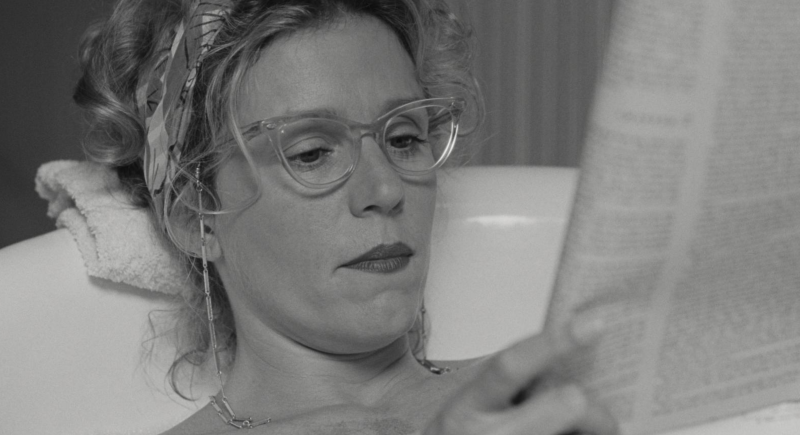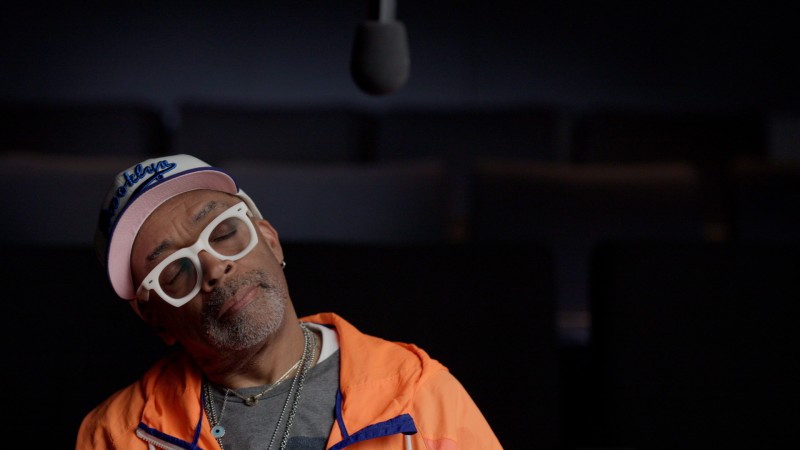RELATED ARTICLE
Pickup on South Street: Extra! Pickpocket Foils Doom Plot!
By Lucy Sante
The Criterion Collection
By the time Sam Fuller directed his first film at the age of thirty-six, he’d already lived three lives: as a journalist, a novelist, and an infantryman. By spinning his newsroom and frontline experiences into his movies, Fuller developed a unique cinematic voice that was complex and sophisticated, at times brutish and raw, though always truthful and personal. Fuller himself was a character only he could script—a magnanimous storyteller who spoke with brutal clarity and urgency (usually with a cigar clenched tightly in his teeth), relating to those around him as if they were comrades in a foxhole fighting deadlines, Nazi Germany, or studios unwilling to cooperate with his vision. What he once said about the writer he most admired, Balzac, Fuller could have said about himself: “He lived his stories.”

As we come to the end of 2025, we’re looking back at some of the essays and interviews we’ve shared with you over the past year.

Celebrate the holiday season with this special treat from our production team.

The director of Rat Trap and Monologue was an uncompromising artist who helped establish the Indian state of Kerala as a hub of bold political filmmaking.

Beginning on November 24, the Criterion Channel will exclusively premiere the long-awaited television series from visionary director Wong Kar Wai.
